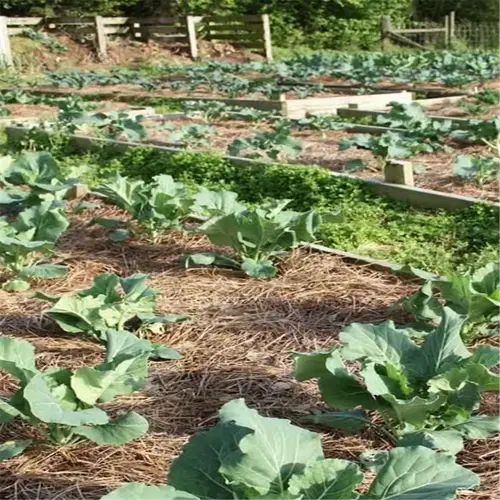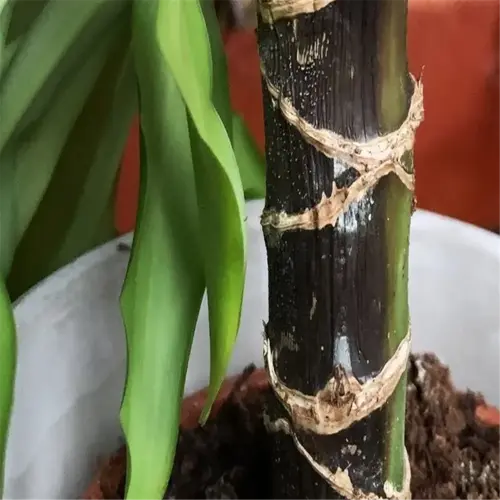Why leave branch collars intact?

Written by
Nguyen Minh
Reviewed by
Prof. Charles Hartman, Ph.D.Branch collars function as biological bandages for trees. I observed a maple tree that had declined after flush cuts removed the branch collars. Within two years, decay was able to spread into the center of the trunk approximately 30 cm (12 inches). These swollen bases contain specialized cells that will initiate immediately after the tree is pruned to compartmentalize the wound.
Natural Defense System
- CODIT cells create 4 decay barriers
- Woundwood forms 3x faster than bare cuts
- Resin ducts seal conifer wounds
Decay Prevention
- Blocks fungal spores from entering sapwood
- Reduces cavity formation by 60%
- Preserves structural integrity at branch unions
Proper Technique
- Cut 3-6mm outside collar
- Angle blades parallel to branch bark ridge
- Avoid painting except for oak wilt areas
The efficiency of collars is influenced by regional humidity, for example, my clients in rainy Oregon apply a very thin wax coating to cuts greater than 5 cm (2 inches). Cropping growers in Arizona apply a natural drying approach to cuts instead of a wax coating. Always keep the collar intact on the tree at the time of cutting. The chemical inhibitors in a collar are better than any spray and can provide disease protection. Clean and sterilize all tools after touching or cutting a diseased wood.
Barrier 1: Vertical
- Blocks upward decay via vessel plugs
- Strongest defense in hardwood trees
- Weak point: Knots in conifers
Barrier 2: Inward
- Thick-walled cells resist penetration
- Most effective in spring growth
- Compromised by nails/stakes
Barrier 3: Lateral
- Ray cells block radial spread
- Enhanced by proper thinning cuts
- Fails with girdling roots
Sharp tools maintain collar health, whereas dull blades crush the 2mm transition zone - which is where the area of healing begins. I sharpen bypass pruners every 15 cuts with live wood, and if working with oak trees, I will sterilize with 10% bleach instead of alcohol to avoid transmission of wilt.
Read the full article: How to Prune Fruit Trees: A Step-by-Step Guide

